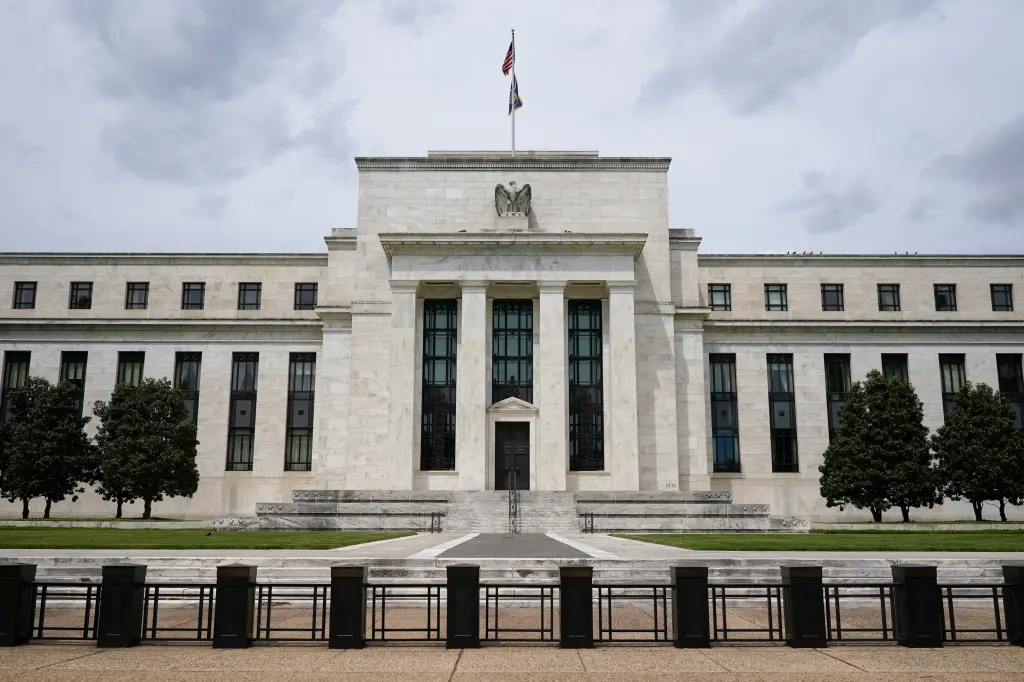
The landscape of real estate investment is ever-changing, and recent signals from the Federal Reserve suggest that this fluidity will continue. As investors, it’s crucial to understand that the dynamics of interest rates, as discussed in the Federal Open Market Committee (FOMC) meetings, do not guarantee a predictable rise in property values.
Instead, a strategic approach that combines both real estate private equity and debt may offer a more stable footing in this uncertain environment.
The Importance of Diversification and Liquidity
In the wake of a contractionary monetary policy phase, the Federal Reserve has hinted at potential rate cuts throughout 2024. The exact timing and extent of these cuts remain a mystery, but their impact on commercial real estate (CRE) private credit and equity investments is undeniable.
Rather than placing all bets on a single outcome, investors would be wise to diversify their investments across private credit and equity, spreading them over time to mitigate risk.
Real Estate Private Equity: Seizing Opportunities Amidst Market Fluctuations
The expected stabilization and potential decrease in interest rates could trigger a resurgence in property values, presenting an opportune moment for investing in undervalued assets.
This is particularly pertinent given the significant volume of CRE loans maturing in 2024. However, the relationship between interest rates and property values may not be as straightforward as some suggest.
Charles de Andrade, Director of Capital Markets at EquityMultiple, emphasizes that the inverse relationship between interest rates and capitalization rates is often overstated.
“While there’s a common belief that these rates move in opposite directions, the reality is that the correlation is more indirect,” he explains.
“Factors such as investment fund flows and the unemployment rate have a more direct impact on investment demand and, consequently, on capitalization rates and valuations.”
Real Estate Private Credit: A Calculated Approach
Investing in private CRE debt presents an opportunity for robust risk-adjusted returns, especially as traditional lending institutions tighten their lending criteria in response to rate fluctuations.
With interest rates remaining high and the possibility of a prolonged period of elevated rates, private real estate credit stands out as a promising option for savvy investors.
The strong demand for project capital, especially in multifamily lending, further bolsters the case for private credit investments.
A Long-Term Perspective for Investment Decisions
The future of interest rates may be uncertain, but the potential for real estate private credit remains strong. “We’re optimistic about the prospects of real estate private credit,” says Marious Sjlusen.
“Real estate debt, being a fixed-income product, can enhance a portfolio’s returns and provide a hedge against inflation when included within the broader bond allocation.”
As we navigate this dynamic interest rate environment, it’s essential to maintain a long-term perspective and allocate investments across a diverse range of equity opportunities. By doing so, investors can position themselves to capitalize on the potential upside, especially as rates begin to decline.